Cards In This Set
| Front | Back |
|
Which group was ancestral to the first tetrapods?
|
Subclass Sarcopterygii
-Dipnoi: Lungfish -Crossopterygians: Rhipidistia. Eg. Coelacanth |
|
Why did fish evolve to live on land?
|
In devonian age,freshwater pools evaporated.
-Fish moved across land to other pools. -Fish burrowed in mud -Stalked prey in very shallow water or on shore. Eventually adapted to these. |
|
Which group is ancestral to amphibians?
|
Subclass Labyrinthodonts (these evolved from Eusthenopteron which are a Rhipidistians).
Order Icthyostega (also Orders Acanthostega and Tulerpeton) |
|
Humerus ANSP 23150
|
This is the humerus of an early tetrapod.
Has a mix of primitive and derived features. -Has distinct ventral ridge like fish Eusthenopteron - Has L shaped outline like early tetrapods Acanthostega, Ichthyostega, Tulerpeton |
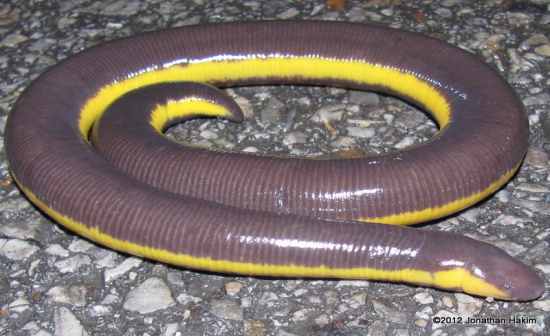 Class? Subclass? Order? |
Class Amphibia
Subclass Lissamphibia Order Apoda (Gymnophiona) |
|
5 Characteristics of Order Gymnophiona?
|
1. Limbs and girdle abscent.
2. Eyes covered by skin or bone 3. Sensory tentacles on snout 4.Small scales in skin of some. 5. Internal fertilisation and aquatic larvae with gills. Some are viviparous. |
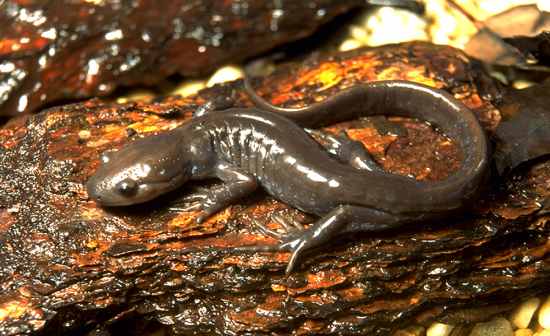 Subclass? Order? |
Newt
Subclass Lissamphibia Order Caudata (urodela) |
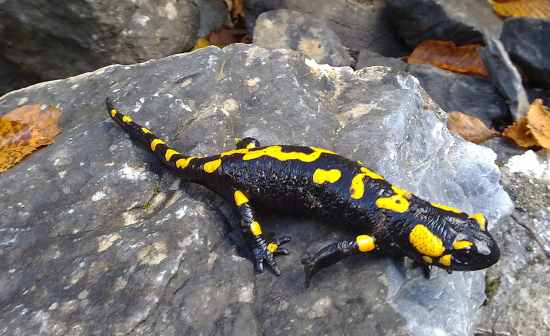 Subclass? Order? |
Salamander
Subclass Lissamphibia Order Caudata (urodela) |
|
Order Caudata 6 Characteristics?
|
-Body with head trunk and tail
-No scales -Limbs at right angles to body -Carnivorous -Males have crests on body and tail. -Aqautic larvae with gills |
|
Reproduction in Order Caudata.
Fertilisation? Eggs (aquatic and terrestrial)? Larvae? |
Internal Fertilisation.
-Aquatic species lay eggs in clusters in water. Eggs hatch into aquatic larvae. -Terrestrial species lay eggs in clusters in holes or under logs. Young hatch as miniature adults. |
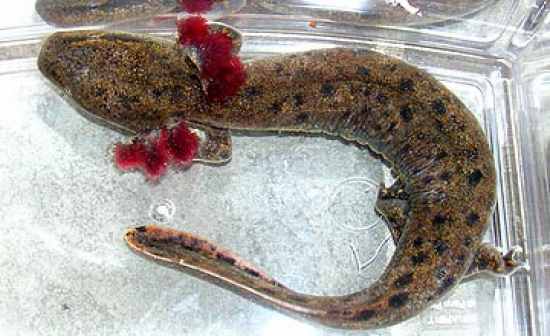 Subclass? Order? Type? Characteristics? |
Subclass Lissamphibia
Order Caudata Perennibranch Fully aquatic with weak limbs. |
|
What does
Perennibranch? Cauducibranch? |
-Perennibranch: permanently gilled, never metamorphosise. Undergo neoteny (when larval features are kept upon sexual maturity).
Fully aquatic. Eg. Mudpuppy (necturus), siren -Cauducibranch: Gills are lost in late larval stage. Often terrestrial. Sometimes gill clefts are retained. Eg. Axolotl |
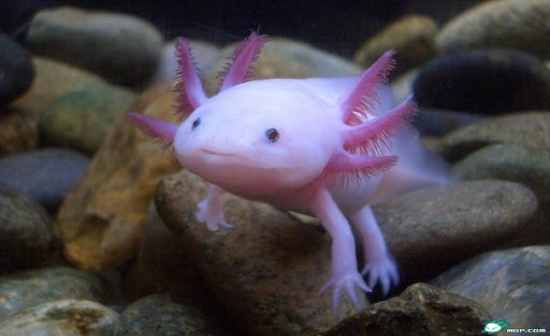 Subclass? Order? Type? Characteristics? |
Subclass Lissamphibia
Order Caudata (Urodela) Cauducibranch Caudata -3 pairs of gills, developed limbs. Can metamorphosise into a terrestrial form if pond dries up. |
 Subclass? Order? Type? Characteristics? |
Subclass Lissamphibia
Order Caudata (urodela) Cauducibranch Caudata -Eel like body, aquatic. Extremely small limbs. Lose gills before sexual maturity and breathe with lungs. |
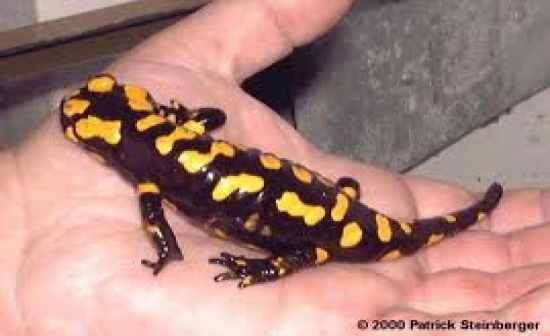 Subclass? Order? Type? Characteristics? |
Subclass Lissamphibia
Order Caudata Cauducibranch Caudata. -Well developed limbs, no gills/gill clefts. |



